Keywords: nicknames; motivations; classifications
Based on the rich human typological system and on the circumstances facing people at various moments of their lives, willingly or unwillingly, nicknames represent one of the basic elements of anthroponymy. (Dis)concordance between a person and the image that people may have about them, usually entails the „rechristening” of the respective person, which happens, without any exception, in all social environments. Unlike the nicknames that were used as basis for surnames in the past, now being emotionally neuter, the present, contemporaneous nicknames are vividly motivated; they are emotionally and expressively saturated, because the people who assigned them know exactly the reasons for those appelative names.
More...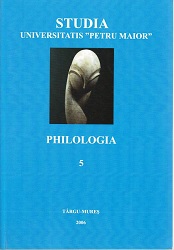
The paper entitled "Textualism and Experimentalism..." is a theoretical approach to textualism as a signifying practice of the writing. We intend to concliate the two terms by their common target: the textual meaning, metaforically called "iceberg text" by Carmen Vlad. In Nichita Stanescu's essays, the textualization of reality is based on the positioning of the poetic act into the "metalinguistic" space, therefore installing the tragical vision of a speaking voice crossing the significant which is uttered in the pre-verbal pulsion given by feelings turned into words. The word is imposed as a narrative entity, fabulating over the reality, attracted and eventually modified in accordance with the matrix of feelings.
More...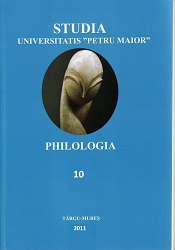
Keywords: John Steinbeck’s works; iconic representations; translations; multi-faceted reality; culture
The paper is an attempt at unfolding the structure of the iconic representations of America as expressed from various angles in John Steinbeck’s works, and the way they were channeled and perceived in Romania and its political milieu of the Cold War years, through the lens of the cultural press, written both in Romanian and Hungarian. The paper deals with the translations of Steinbeck’s works in the two languages, with the writer’s confessions and opinions, especially those regarding his fellow Americans, as ell as with the critical comments with regard to the multi-faceted reality approached by the author.
More...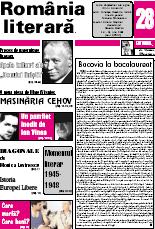
Keywords: Romanian intellectuals attitude towards achieving democracy; EU structures; Romanian EU integration;
Monica Lovinescu condemns some of the Romanian intellectual's attitude, who, in their attempt to explain why Romania is slow in achieving democracy and as a result delayed from entering the EU structures, charge all guilt on the interwar period, too often presented as dominated exclusively by fascism and extemism, while the 50 years period of communism with disastrous consequences is silently omitted. This attitude shown by some of Romanians is not an isolate one, Monica Lovinescu quotes Alain Besancon - outraged too at the same attitude.
More...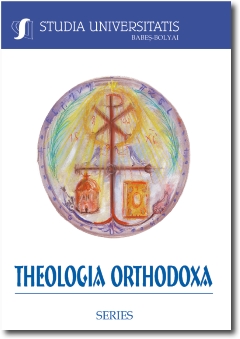
Keywords: concordate of Worms; struggle for investiture; Church an State in Middle-Ages.
The Concordat of Worms (1122), as an Expression of Church-State Relation in the Middle-Ages. Relations between the temporal and spiritual, in the aftermath of the Gregorian reformation were extremely tense, due to the will of papacy to free the Church institutions from secular domination, to the desire of the Pope to assert the independence of spiritual power from temporal power. For these reasons the well known quarrel for the investiture began, in which the competitors were Pope Gregory VII and Emperor Henry IV of Germany. Later on, the intransigence of popes regarding lay investiture led to rough discussions between Western sovereigns and the Pope, discussions that sometimes led to the ceasing of relations between Pope and sovereigns. The one who managed to resolve differences between temporal and spiritual powers was bishop Yves of Chartres, by the theory of the two acts of investiture, lay investiture, on the ground of which the feudal right was provided, and spiritual investiture, which granted religious privileges. In other words, according to this theory, the king was able to invest the bishop elected by the clergy and the people, under the condition that he had no intention to provide him spiritual powers, his investiture having no sacramental power. Following the theory mentioned above, arrangements with the French king and with the king of England are made, and eventually the first concordat in history, the concordat of Worms, 1122, or "the calixtine transition”, which marks the end of the struggle for investiture. Concluded between Pope Callixtus II and the German Emperor Henry V, the document of Worms was a bilateral agreement of two equal powers, having the legal nature of a peacekeeping contract. It put an end to a concept and even military quarrel, and its decisions have become mandatory for all Western states until 1303.
More...Keywords: linguistic contacts; linguistic influence; neologism; cultural contacts
Our paper deals with the presentation of some aspects concerning Romanian – English contacts. Although these two languages have different origins (English is a Germanic language and Romanian is a Romanic one), both of them belong to the Indo-European family of languages. It comes out that the English lexic contains an important component of Latin origin, so English may continue the Re-Romanization process of modern Romanian language. There are dissimilar types of contacts between Romanian and English. So, we can mention: – economic contacts – referrring to the economic domain; – social-political contacts – between nations; – cultural contacts – between cultures; – linguistic contacts – between languages. We can also mention that English borrowings influence the linguistic strata (phonetical, morphological and semantic one) of the Romanian language and we try to answer the following question: Are we going to speak a new language: RomEnglish?
More...
Keywords: profesijos mokytojų kompetencijos; profesijos mokytojų rengimo programa; profesijos mokytojų rengimo kokybės užtikrinimas; comparison of European VET teacher education; VET teachers’ competencies; Curriculum of VET Teacher Education
Europos Komisijai skatinant Europos Sąjungos narių bendradarbiavimą, penkių šalių institucijos, dalyvaujančios profesijos mokytojų rengime, vykdė projektą, kurio tikslas – sukurti profesijos mokytojų kvalifikacijos kėlimo sistemą. Profesijos mokytojų rengimo situacijos analizė projekto partnerių šalyse buvo panaudota kaip lyginamosios analizės pagrindas, leidžiantis pakeisti ir tobulinti koncepcijas vėlesniuose projekto etapuose. Siekiant išanalizuoti esamą padėtį, buvo sukurta metodika; ji, kartu su analizės rezultatais, pristatoma šiame straipsnyje. Išanalizuotieji aspektai sudaro galimybę toliau kritiškai aptarti problemas, į kurias būtina atsižvelgti Europos švietimo sistemų diegimo proceso metu. Against the background of the European Commission’s endeavour to promote the cooperation between the EU member countries, institutions from five countries involved in VET teacher education have worked together in a project aiming at the development of systems for vocational teacher qualification improvement. The analysis of the current situation of VET teacher education in the different partner countries was taken as the basis for a comparison which as a result allowed developing improvement concepts during the subsequent course of the project. In order to analyse the present situations, a methodology was developed which will be presented along with the analysis and the results of the comparison in this paper. The aspects covered in this analysis furthermore allow a critical discussion on problems that should be considered within the developing process of the European educational systems.
More...Keywords: businessmen; good manners; learning; reading; teaching.
As anybody, a businessman must have good manners not only during all his life, but also – and especially – for his job, being given its nature. That is why, if he has not learnt them as a child in his family, he will have to do it in school and during his academic studies or even later. For all these periods of time after one’ s childhood, a method highly recommended to do it is reading. Nowadays, for some people reading still means books, magazines and so on, but almost only the Internet for the younger generation. The paper wants to demonstrate that reading literature used to serve someone in acquiring good manners as much as making use of a handbook or of the Internet does for our students at present.
More...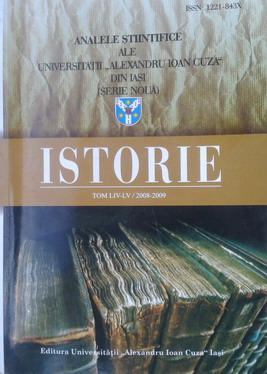
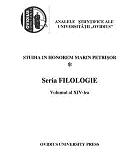
Keywords: -
This article is a semantic and lexical analysis of first names recorded in Dobruja from 1996 to 1999. Many first names with no religious connotation are Romanian creations, but also a lot of them are foreign. The etymon of these first names can denote physical or moral characteristics, can be indicativ of the social status, ethnic or local origin or can be related to the time of birth, parent's feelings. The lexical analysis of the first names considered in this paper reveals the following structures: 1. simple (monothematic): adjectives, nouns, verbs; 2. complex (bithematic): noun+noun, noun+adjective, adjective+noun, verbe+noun; 3. phrazeology. The first names analyzed are often combined with those having religious connotations because of the double name tendency.
More...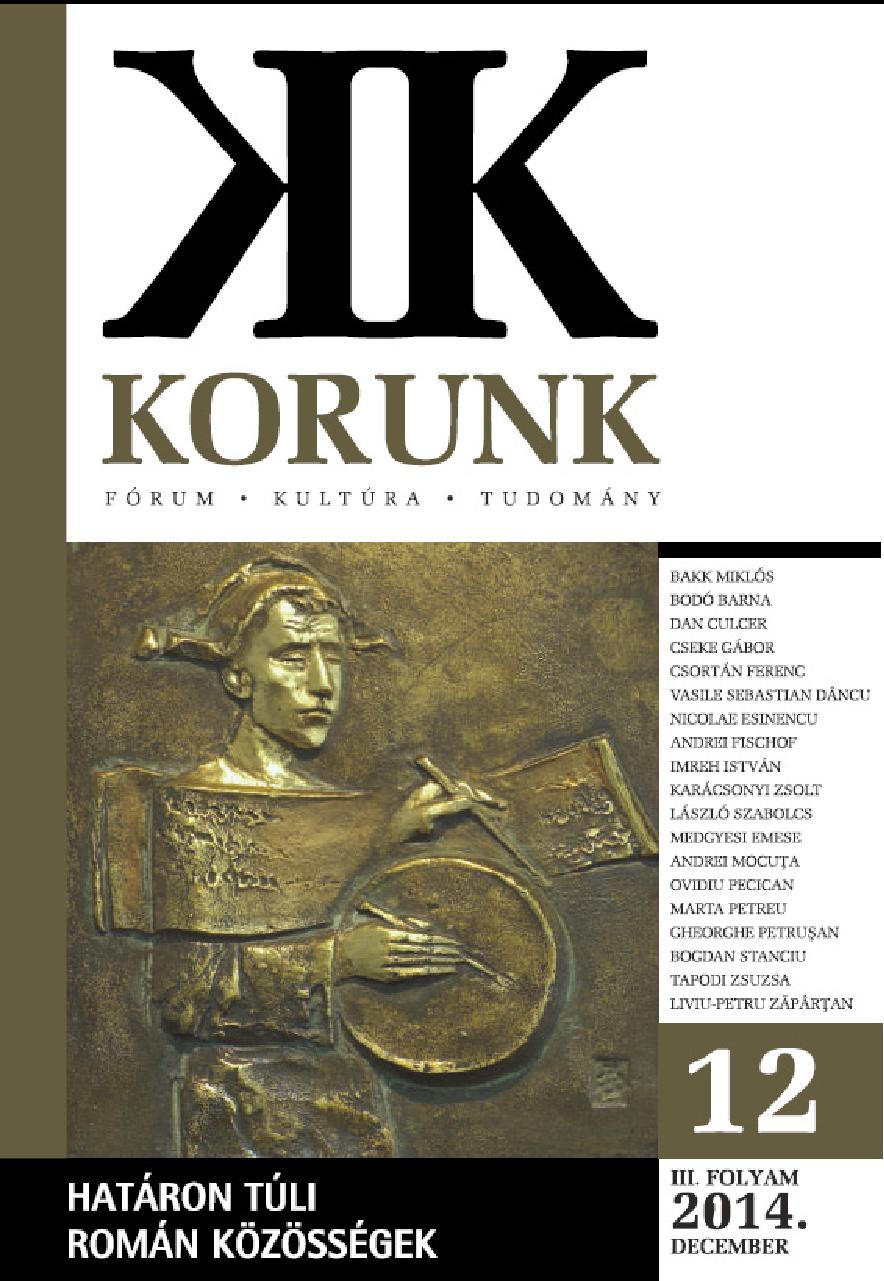
Keywords: science popularization texts; Latinisms; adaptation; analogical norms; viability.
In the present paper the author examines the Latinisms excerpted from 5science popularization texts translated by Petru Maior between 1812 and 1816. The lexemesand phrases are presented in context and are analysed from the perspective of theiradaptation to the phonetic and morphologic system of the Romanian language. It is observedthat most Latinisms are adapted to Romanian, bearing the affixes specific of Romanianflexion and only a few of them are completely unadapted. Some of them are adaptedfollowing the analogical norms proposed by the Transylvanian scholars in their theoreticalpapers. The approximately 100 Latinisms used by P. Maior are relevant for his orientationtowards the occidental culture and for his option regarding the languages seen as a source forthe modernization of the Romanian language. The author also presents the Latin terms whichhave disappeared or are only regionally used in present Romanian.
More...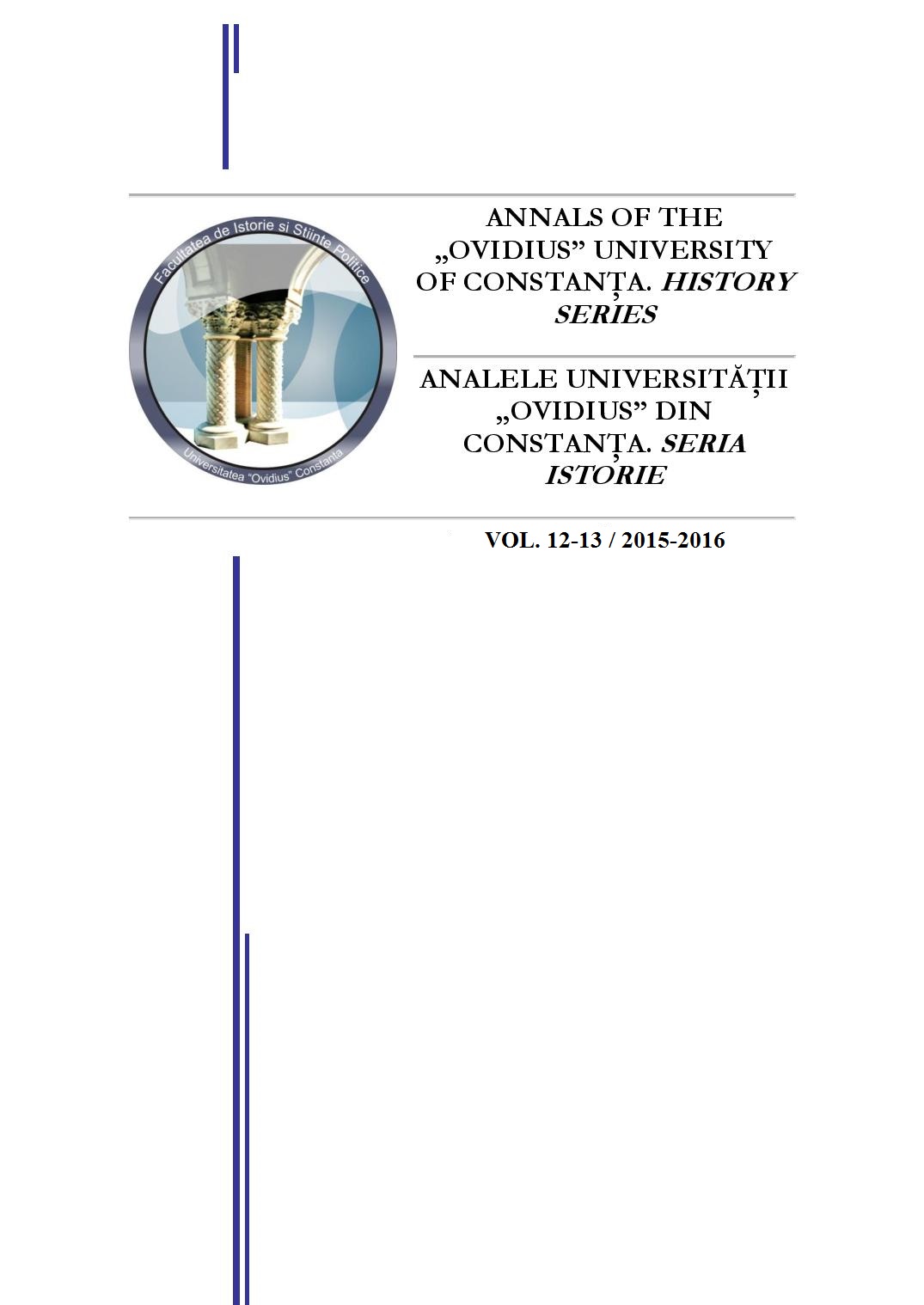
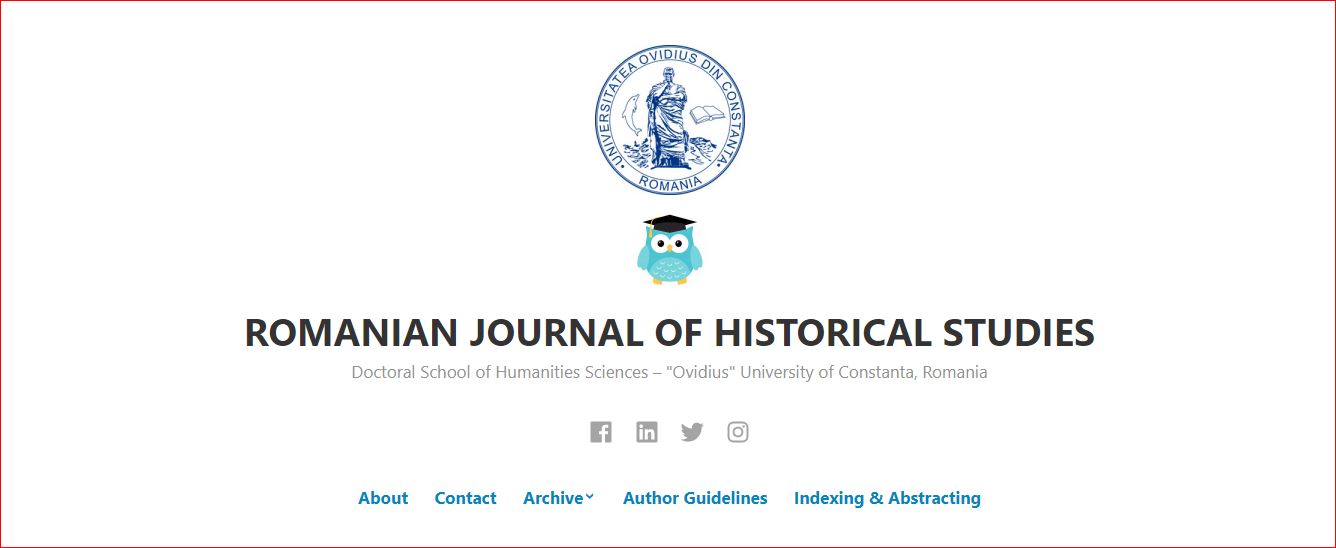
Keywords: communism; social status; feminism; women's emancipation; pro-natalist policie;
This study aims to analyze the issue of the status and role of women in Romanian society, during thecommunist regime, with reference to its legislative and constitutional rights. As women’s emancipation through labor and maternity, represents the feminist conception of that period (the purpose of which was to contest the position of their inferiority, not only legal but also social and cultural), this propaganda message used by the communists is also approached in this study.
More...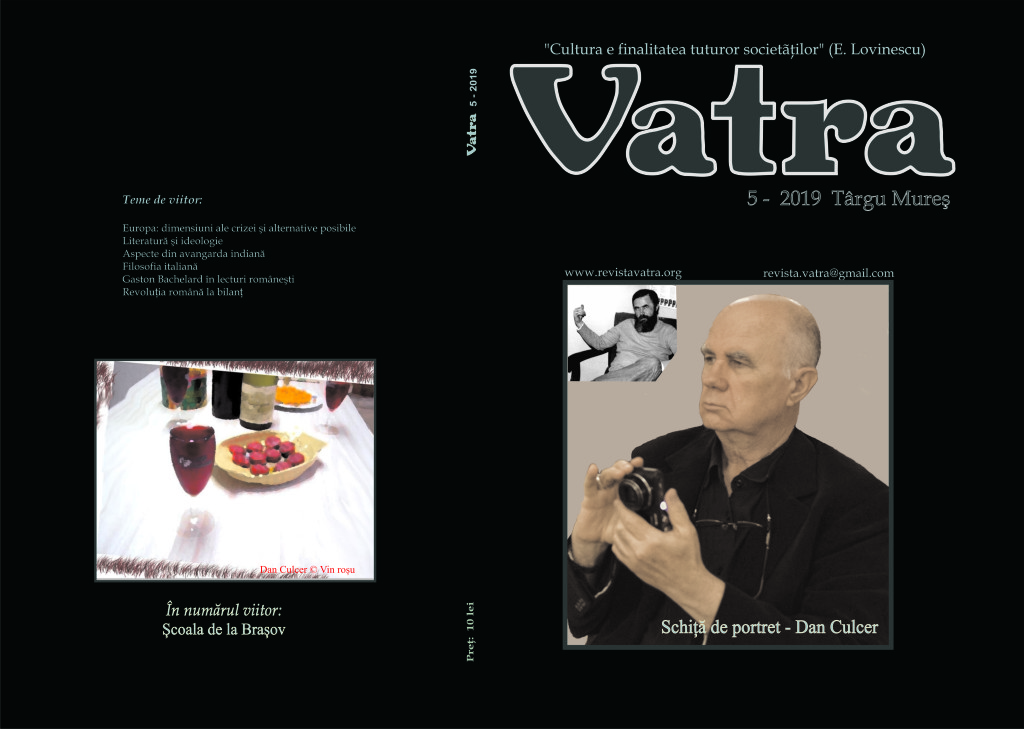
Keywords: portrait; sociological criticism;ethnic groups; multicultural dialogue;
This section of the issue contains a series of texts
More...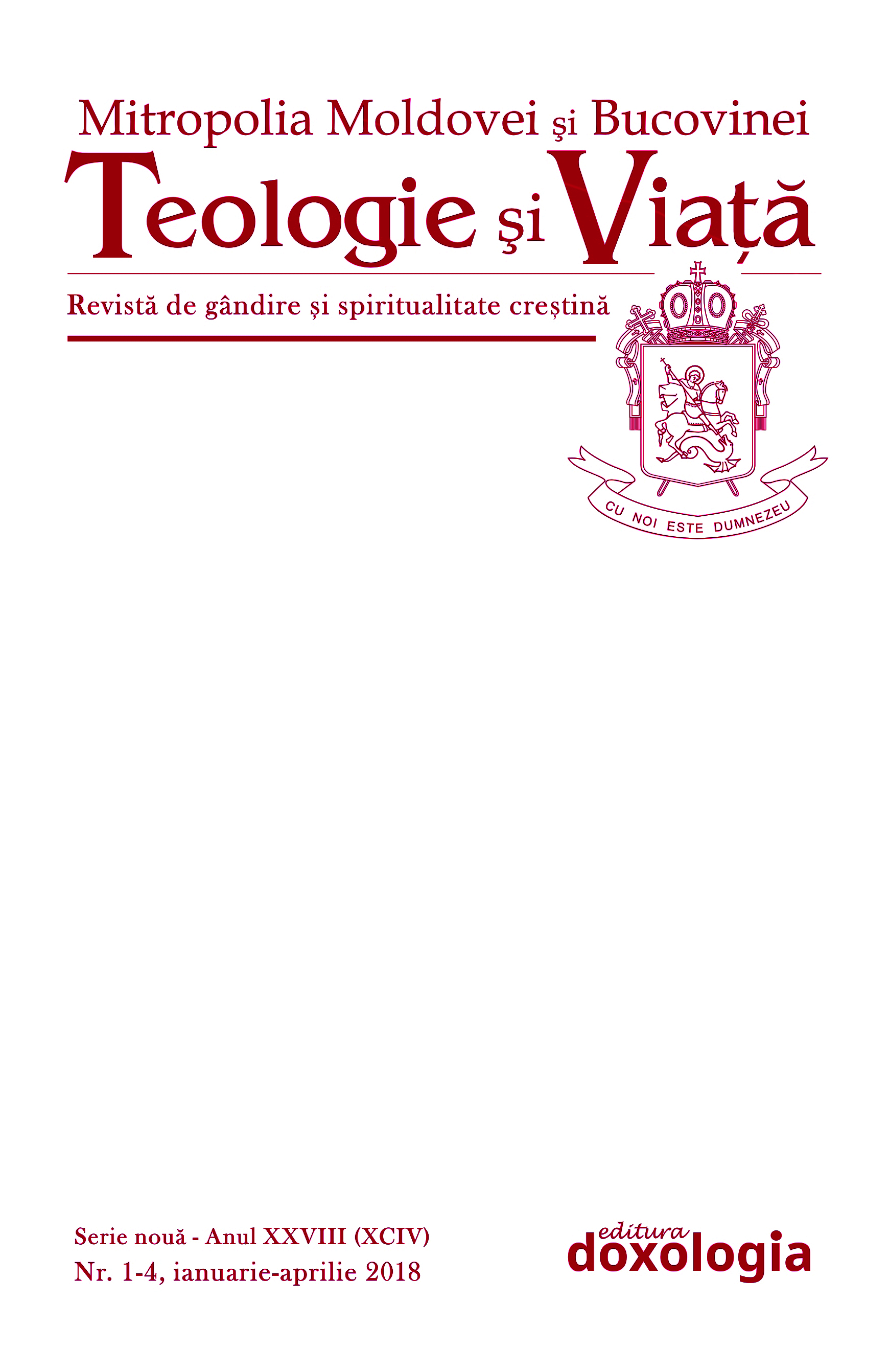
Keywords: press; communism censorship; information; communication; politics; the Romanian Orthodox Church; magazine; newspaper; journalism;
The study entitled ”The Orthodox Church’s Press during com munism. The censorship describes a part of persecutions suffered by the Orthodox Church press during the communist regime. The author emphasises that in communism the politics and the journalism were mixed and they formed a single principle: the censorship. After 1989, the Church saw mass media as a real way to transmit relevant information from the ecclesial environment, preaching the Gospel, and strengthening the faith. History, culture and faith are the main features that he has attempted to highlight in his study.
More...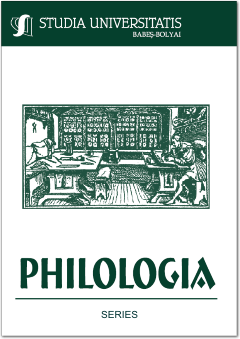
Keywords: morphematic status; motional derivation; lexical-grammatical morpheme; parsing; derivational suffix; flective; root; radical;
Observations on the Morphematic Status and on the Parsing of the Romanian Final Vowel –ă in Common Nouns Formed through Motional Derivation. This study represents the result of research on the morphology of the contemporary Romanian language and concerns the situations in which the final vowel –ă appears in the flexible lexical-grammatical classes specific to this language system. It focuses, in particular, on primary common nouns and on common nouns formed through motional derivation. In all of these cases, the morphematic category of –ă has been determined. As regards the nouns obtained through motional derivation, in order to ensure the compatibility between its morphematic status and the parsing of the lexemes in which the final vowel –ă appears, only one of three possible parsing versions has been chosen as valid. In the case of the other two, the ones “not accepted”, their “procedural errors” have been highlighted. This study has proved that, in the class of common nouns, there are two instances of motional derivation in which -ă appears at the end of the lexemes, bearing the common name of a lexical-grammatical morpheme: when this speech segment is both a derivational suffix and a desinence-flective, coinciding with both throughout its entire length; when the same speech segment is both an allomorph of the derivational suffix and a desinence-flective, coinciding only with the flective throughout its entire length. Thus, in these contexts, by simultaneously focusing on the morphematic status and on parsing, we have reached the conclusion that: at the level of the name, the final -ă plays a cumulative role, as it cumulates two opposable types of content, namely lexical and grammatical, while at the speech level, it plays a decumulative role, the final vowel -ă being forced to occur in both positions in parsing: to the left, next to the root, as a motionally derived suffix, and to the right, as a desinence-flective, so as to do justice to this name.
More...